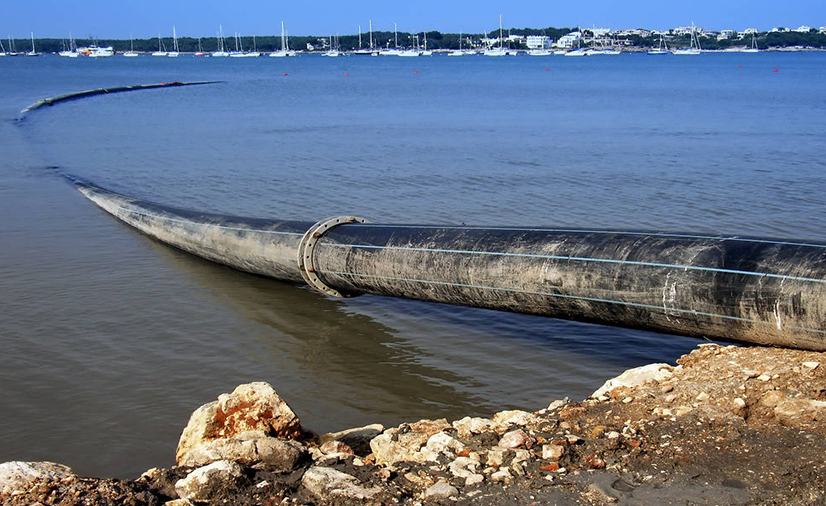
With the development of papermaking industry, the sludge produced by papermaking wastewater treatment is also a new pollution. Papermaking sludge mainly comes from primary sedimentation tank and biochemical tank. Most of the components of papermaking sludge are cellulose organic matter and plant nutrients such as nitrogen, phosphorus and potassium, and contain a certain amount of trace heavy metals and pathogenic bacteria. According to the characteristics that sludge contains plant nutrients, sludge can be processed into organic fertilizer. As we all know, sludge contains a lot of water. How to remove water economically and effectively?
Before the sludge is concentrated and enters the mechanical dehydration, it is necessary to add chemicals to the sludge for treatment. Due to different papermaking processes, the chemicals added are different. Usually, inorganic flocculants polyaluminium chloride, ferrous sulfate and organic flocculants are added.
The commonly used organic flocculant polyacrylamide is also effective. Cationic polyacrylamide is the leader in the polyacrylamide family in the treatment of papermaking sludge. Because the floc formed by cationic polyacrylamide is large, there is more water in the pressure filtration process, the moisture content of the pressed mud cake is low, and the moisture content of the mud cake can reach about 75%, which is convenient for the retreatment of the mud cake. After the mud cake is obtained, it is further processed into organic fertilizer to turn waste into treasure.
If you want to know more about cationic polyacrylamide, please contact us.